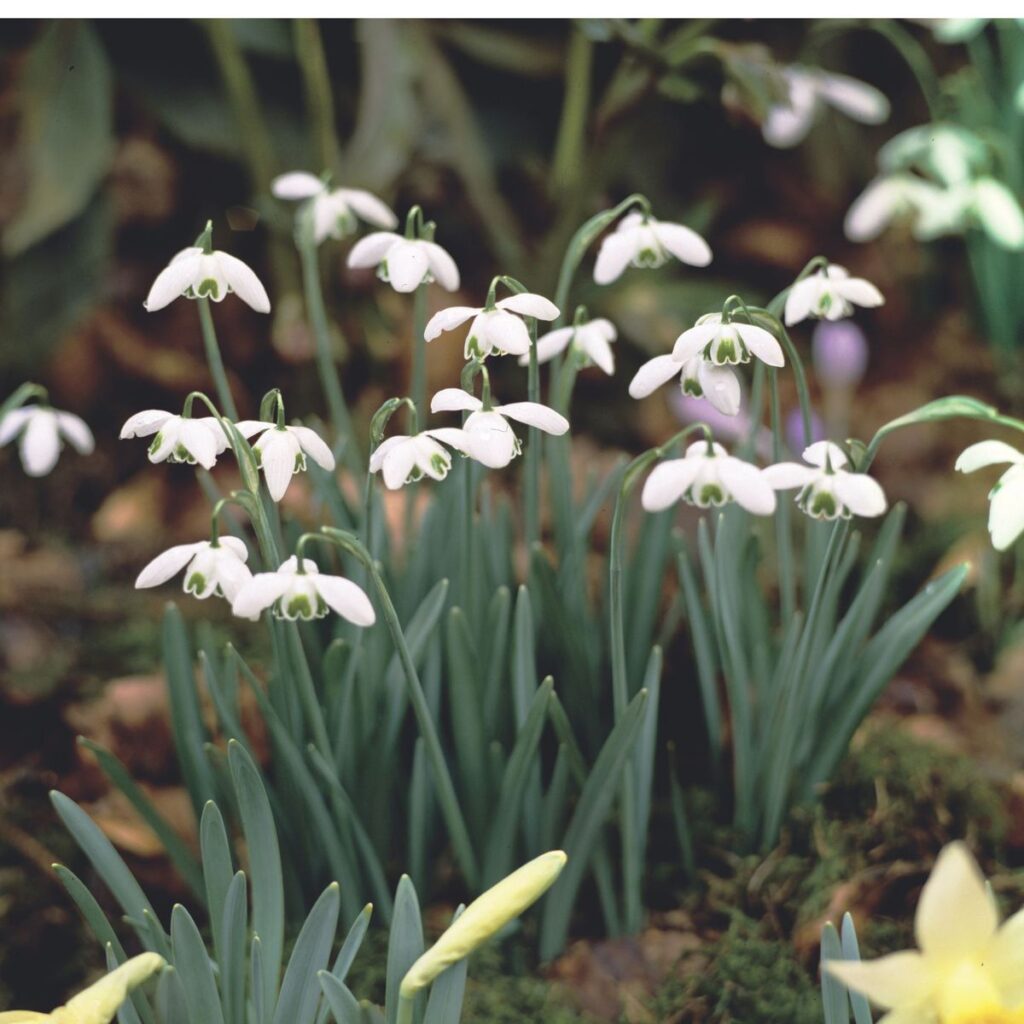Snowdrops herald the beginning of spring and a brand-new growing season, with displays appearing from late winter. But where is the best place to plant snowdrops?
If you’ve been wondering when to plant snowdrop bulbs, now is the perfect time to get dry bulbs in the ground. But even if you know how to plant snowdrop bulbs, choosing the wrong location could spell disaster for the bulbs and even lead to no-show blooms.
That’s why we’ve asked garden experts where to plant snowdrops to ensure you’re getting the most out of every single bulb.
Where is the best place to plant snowdrops?
For the best results, you’ll want to plant your snowdrops somewhere that mimics their natural habitat. Snowdrops are woodland natives, so an area with dappled shade is perfect.
‘A partly shaded location is perfect, as the snowdrops will receive some sunlight and rain but be covered, too,’ says Luke.
For this reason, you’ll often see snowdrops growing well under trees and taller plants.
‘Snowdrops thrive when planted under trees or shrubs that are barren in winter, which offer them early spring sunlight before leafing out and providing shade in the summer,’ says Josh.
‘This environment replicates their natural habitat, helping them grow while allowing the plant to adapt over time.’
Best soil for snowdrops
When you’ve decided where to plant snow drops you then need to make sure it has the right soil to allow them to thrive. More important, though, is knowing which soil to avoid when it comes to planting snowdrop bulbs.
‘To ensure your snowdrops don’t die, you want to avoid soil that holds in too much moisture, such as areas in your garden with poor drainage or heavy clay soils,’ explains Luke Dejahang, gardening expert and CEO of Crown Pavilions.
‘However, you also want to avoid soil that is too dry, because snowdrops are not suited to regions with high heat and humidity – they grow best in cooler weather.’
Like other spring bulbs, snowdrops prefer moist but well-draining soil with plenty of nutrients.
‘Areas with moist, well-draining, humus-rich soil are best for snowdrop growth,’ says Josh Novell, garden plants expert and director of Polhill Garden Centre.
If you’re unsure of the quality of your soil, consider incorporating organic matter like compost (try the Amazon’s Choice, the Miracle-Gro Peat-Free Premium All Purpose Compost) or leafmould using Monty Don’s autumn leaf hack.
If you’re planting snowdrop bulbs in pots, you’ll need to ensure you’re using the right potting soil, too.
‘You can also put snowdrop bulbs in pots or containers filled with a well-draining multi-purpose compost,’ says Luke.
If the compost is too heavy, mix in some horticultural grit like Westland’s Potting Grit from Amazon to increase drainage.
Where to buy snowdrop bulbs
FAQs
How quickly do snowdrops spread?
Snowdrops are known for multiplying and producing new plants over time. But just how quickly do they do that?
‘Snowdrops spread gradually over several years by producing new bulbs and scattering seeds, which gradually form clumps,’ explains Josh from Polhill Garden Centre.
‘Under favourable conditions, snowdrops will form dense patches after about three to five years if left undisturbed. Over time, and in the right conditions, this slow but steady expansion can lead to lush patches of flowers after a few seasons, especially in shaded, moist areas like garden borders where soil moisture and shade levels are ideal.’
Do snowdrops like sun or shade?
Both! Well, sort of. You shouldn’t plant snowdrops in either extreme – they thrive best in partial shade which offers sunlight in the winter and shade in hotter weather, after the leaves of surrounding plants have grown back.
‘Snowdrops prefer partial shade and thrive in areas that receive some sunlight while being protected from intense sun,’ agrees gardening expert Luke. ‘So, choose a place your garden that offers this, perhaps next to a tree or other plants, or in front of garden bushes for the best conditions.’
So, now we know where to plant snowdrops! Moist but well-draining soil and partial shade are key if you want sweeping displays next spring.
Read the full article here
